February 1, 2022, 12:01PMSponsored ContentJoe Rashid, Senior Associate at Structural Integrity Associates, Inc. The cladding hoop stress distribution at cladding surfaces.
Decades of fuel performance data coupled with advanced analytics and multi-processor computing have enabled the development of ‘novel’ modeling & simulation tools that allow nuclear fuel engineers to predict behavior across the entire fuel cycle. With this new capability nuclear fuel designers and fuel reload managers are better equipped to predict performance and reliability. These tools are fundamental to communicating highfidelity safety margin assessments with the regulator, and, when applied in the early stage of reactor design, can achieve optimum safety system functionality. At the apex of the fuel performance codes development pyramid sit a triad of codes: SI’s Pegasus, DOE’s Bison, and CEA’s Alcyone, which share the commonality of three-dimensional modeling and simulation of nuclear fuel performance. Unique among the capabilities represented by these codes is the ability to bridge the encoded-technology gap between the frontend and the backend of the fuel cycle to eliminate sources of uncertainties in spent fuel safety evaluations. This capability is a distinguishing feature of the Pegasus code.
EnergySolutions announced the stock transfer of Kewaunee from Dominion Energy in May 2021 and is in the process of approval by the U.S. Nuclear Regulatory Commission and Public Service Commission of Wisconsin.
Contrary to what some believe, the nuclear industry, far from fading into the past, is experiencing an ongoing evolution. New generations of nuclear power technologies move closer to reality, while traditional nuclear generators are reaching retirement and entering decommissioning. As research on Small Modular Reactors (SMR) advances, prototype production is in full swing with the potential for SMRs to eventually replace the current fleet. And while technology advances, so do markets seeking to deal with the challenge of climate change in the face of the retirement of the currently operating nuclear power plants in the U.S. In an exceptional recent win for nuclear power, the Illinois legislature approved $700 million in subsidies for the Byron and Dresden nuclear stations over the next five years. It remains to be seen if this will be an isolated move in today’s nuclear plant lifecycle.
An innovative, rapidly deployable battery power supply system that enhances operator flexibility, improves stations’ probabilistic risk assessment profile, and augments FLEX response.
September 1, 2021, 11:55AMSponsored ContentBenjamin P. Youman, BlackStarTech Strategic Implementation Director Quad Cities Generating Station. Image: Exelon.
BlackStarTech® Innovation Group asked one simple question:
How do we further improve the response times of our FLEX strategies?
That question led to a second question:
Can we add defense in depth to U.S. FLEX response, enhance safety margins, and strategically provide critical power rapidly and reliably in under 30 minutes for up to 30 days?
The response and resultant innovative journey led to the development of a rapidly deployable and portable battery-powered energy delivery system transforming how the nuclear industry can provide critical DC and AC power to the most essential components and control systems. The BlackStarTech methodology utilizes compact and portable power supplies to further enhance essential equipment availability, as well as providing defense in depth to FLEX and B.5.b response. The portable battery power technology provides an alternative means of electrical power delivery solutions, expanding operator flexibility and optimizing station risk reduction strategies.
ORNL associate laboratory director Kathy McCarthy at the prototype which led to the Material Plasma Exposure eXperiment (MPEX), a device that will support fusion materials research. Photo: ORNL
Oak Ridge National Laboratory has a long record of advancing fusion and fission science and technology. Today, the lab is focused more than ever on taking advantage of that spectrum of nuclear experience to accelerate a viable path to fusion energy and to speed efficient deployment of advanced nuclear technologies to today’s power plants and future fission systems.
Guided waves and robots advancing inspection of areas with limited access
The Hanford Site in Washington state stores millions of gallons of high-level radioactive waste in 28 double-shell tanks. The tanks are buried underground to enhance radiation shielding. The space between the primary tank and the steel liner can be used to allow inspection of the inaccessible regions of these vessels.
Nuclear power plant containment vessels have large, inaccessible regions that cannot be inspected by conventional techniques. Inaccessible regions often are encased in concrete, soil or sand, or hidden behind equipment attached to a wall. Similar constraints affect the inspection of double-shell tanks designed to store nuclear waste, illustrated in Figure 1, that have an inaccessible region at the tank bottom where the primary shell is supported by the secondary shell. Present methods to monitor the integrity of these vessels primarily rely on partial inspections of accessible areas or estimation of corrosion rates; however, these approaches cannot account for nonuniform localized corrosion or cracking.
Game changer in addressing I&C common cause failure protection Game changer in addressing I&C common cause failure protection and diversity requirements implementation
List of authors:
- Mr. Ievgenii Bakhmach, “RPC Radics” LLC, Chief Executive Officer
- Mr. Ievgen Brezhniev, “RPC Radics” LLC, Strategic Marketing Director
- Mr. Vyacheslav Kharchenko, Director of Scientific and Technical Center, PC “RPC Radiy”
- Mark J. Burzynski, SunPort, Chief Executive Officer
- Sean Kelley, SunPort, Chief Operating Officer
Radiy is proud to present the RadlCS Digital Instrumentation and Control (l&C) Platform that was approved by the U.S. Nuclear Regulatory Commission (NRC) on July 31, 2019.
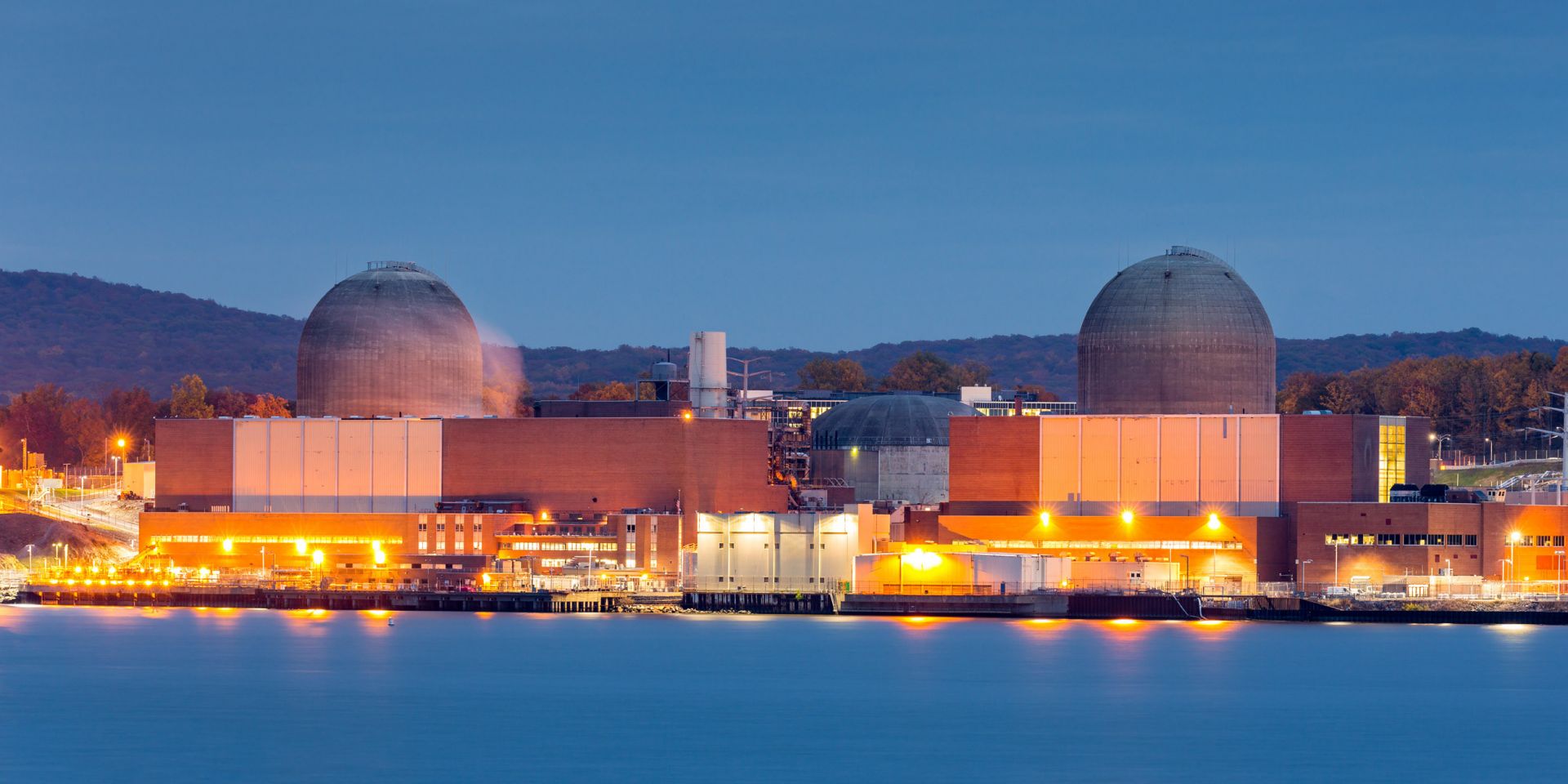


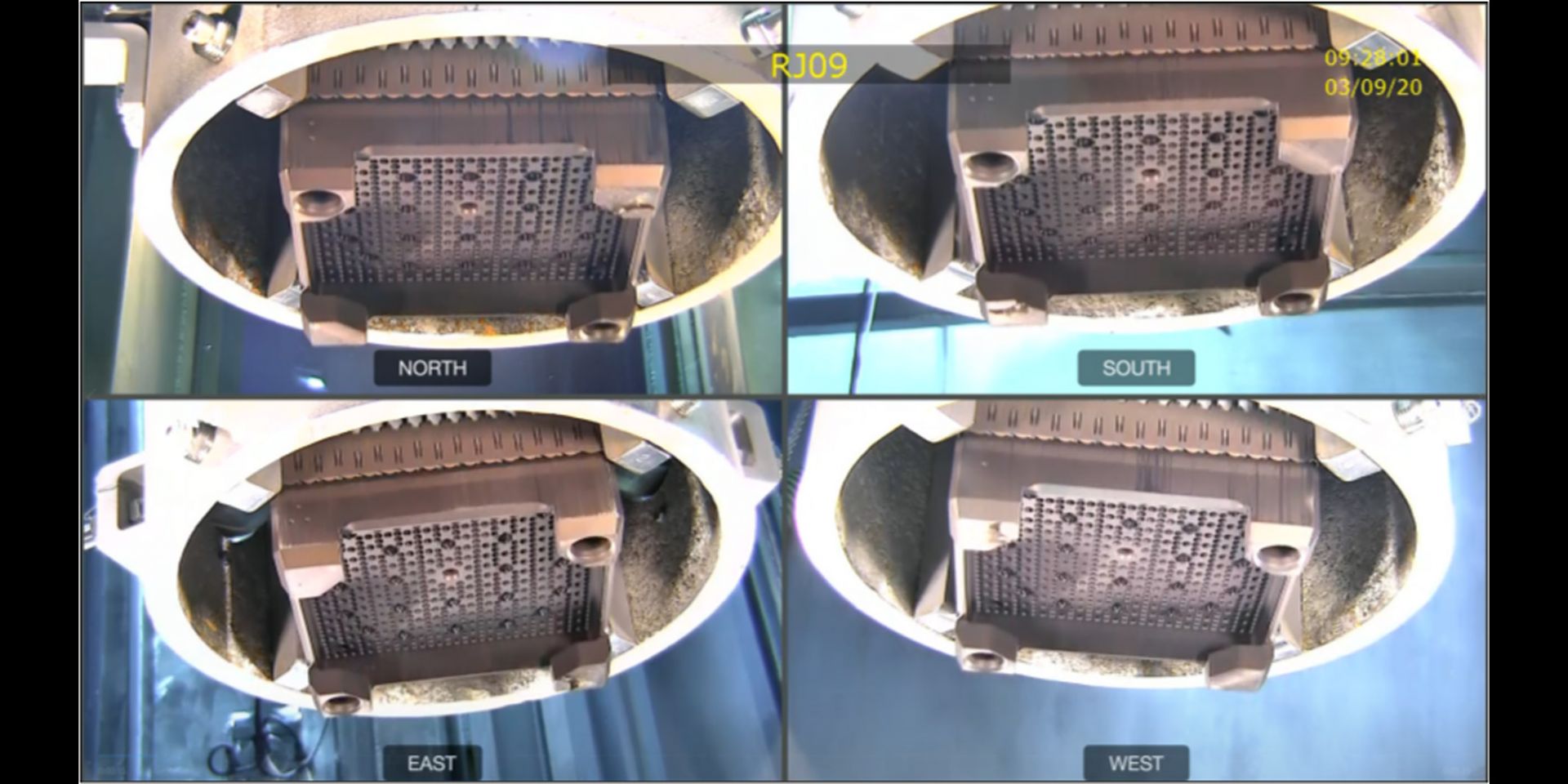

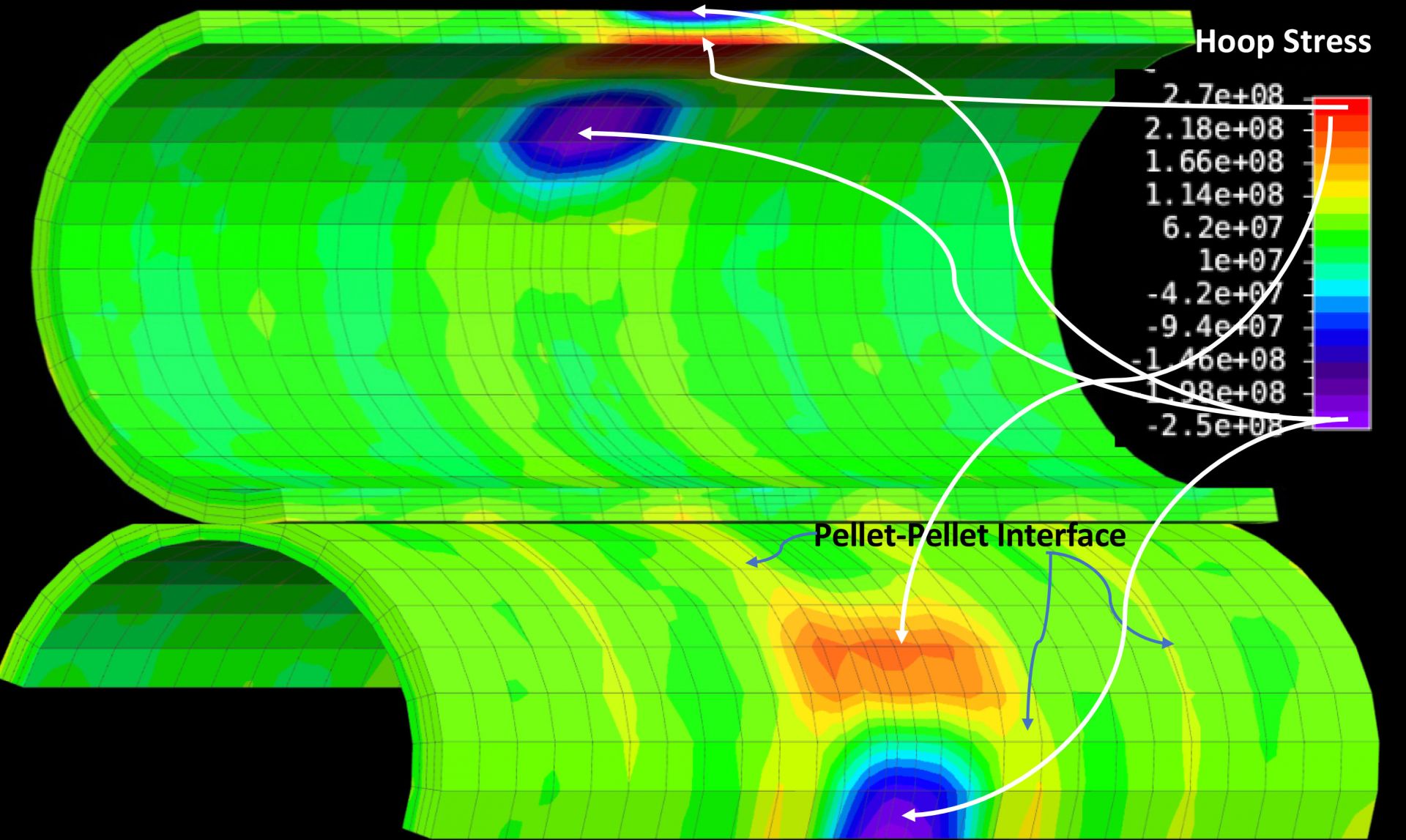
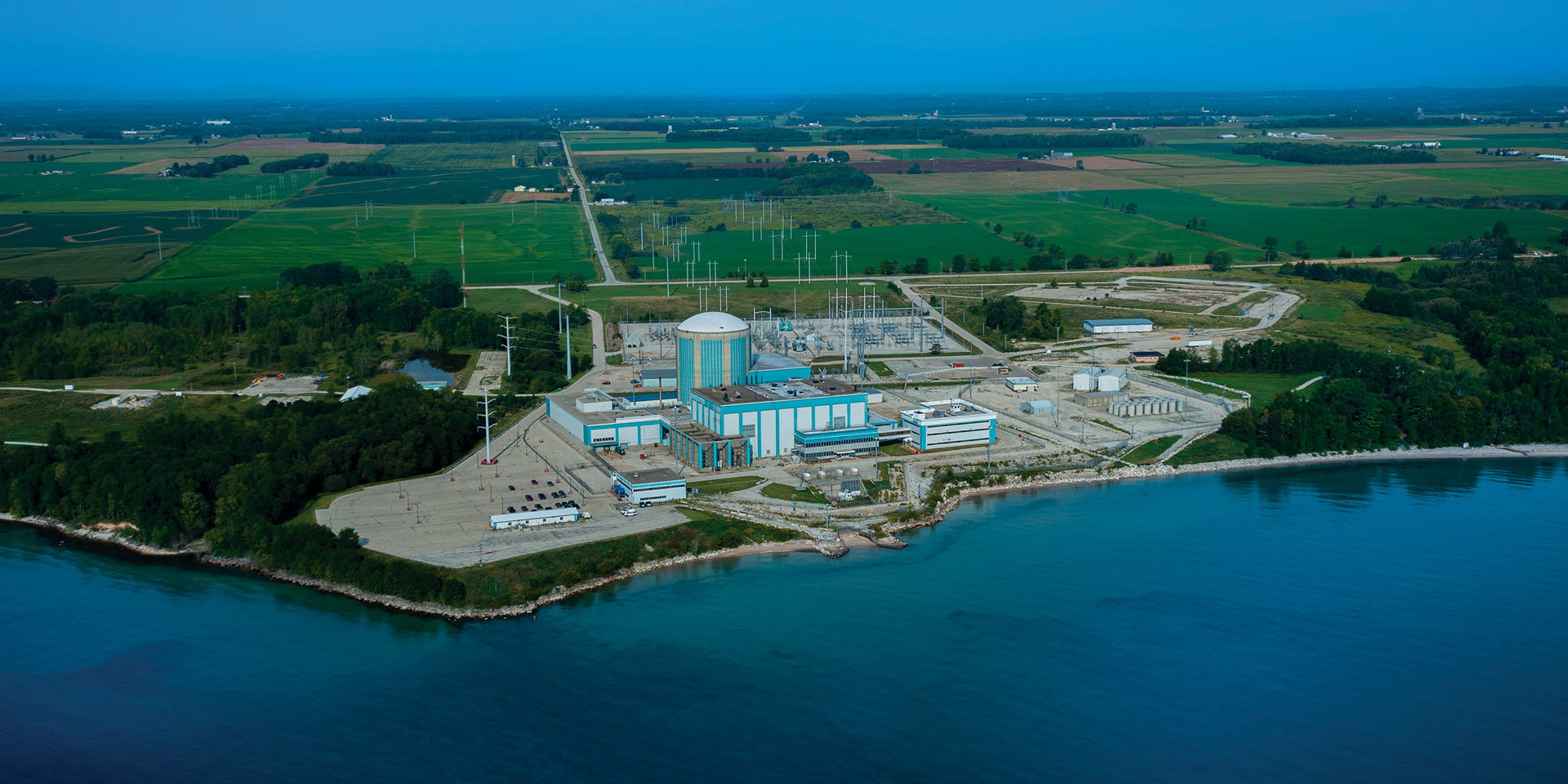
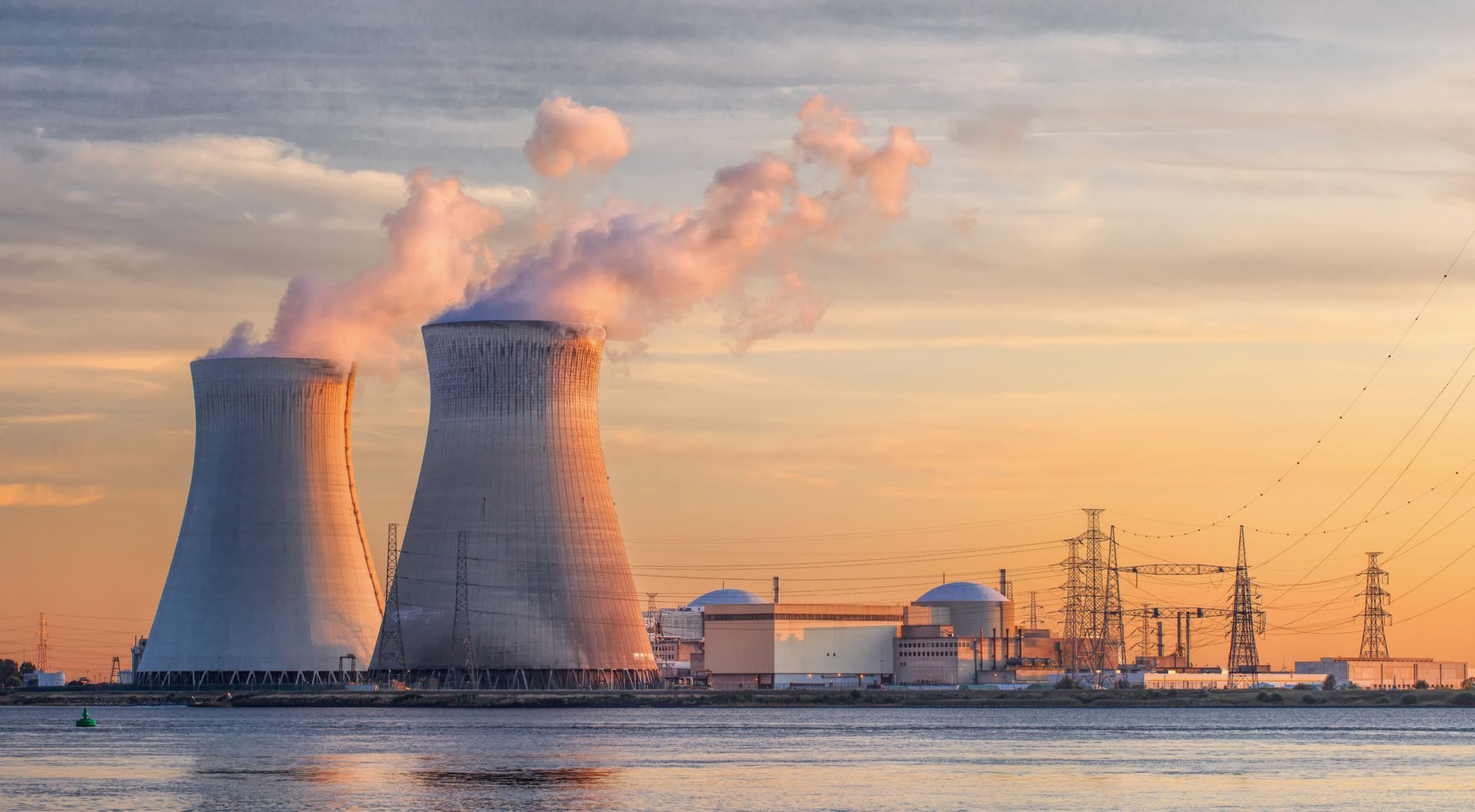
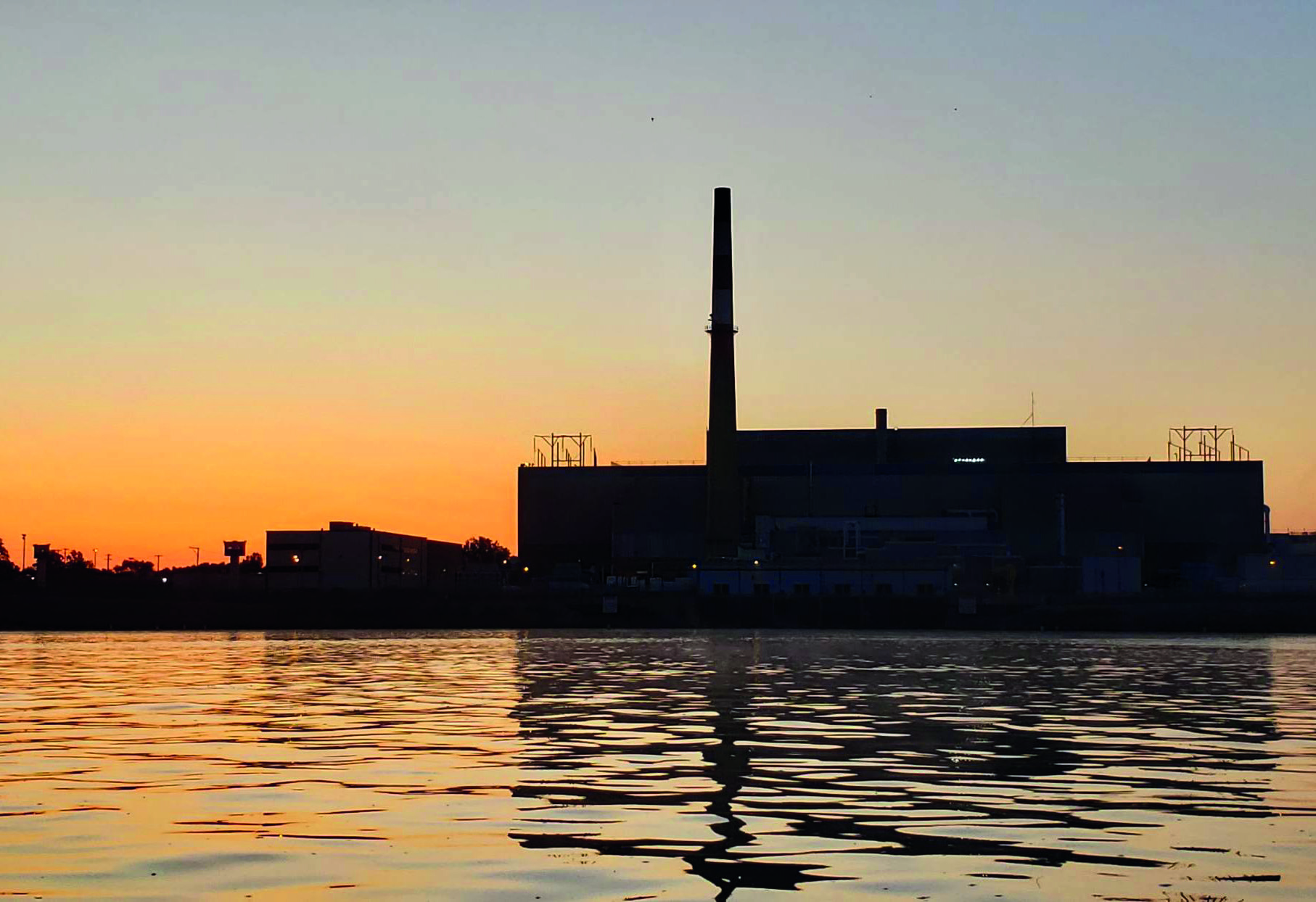

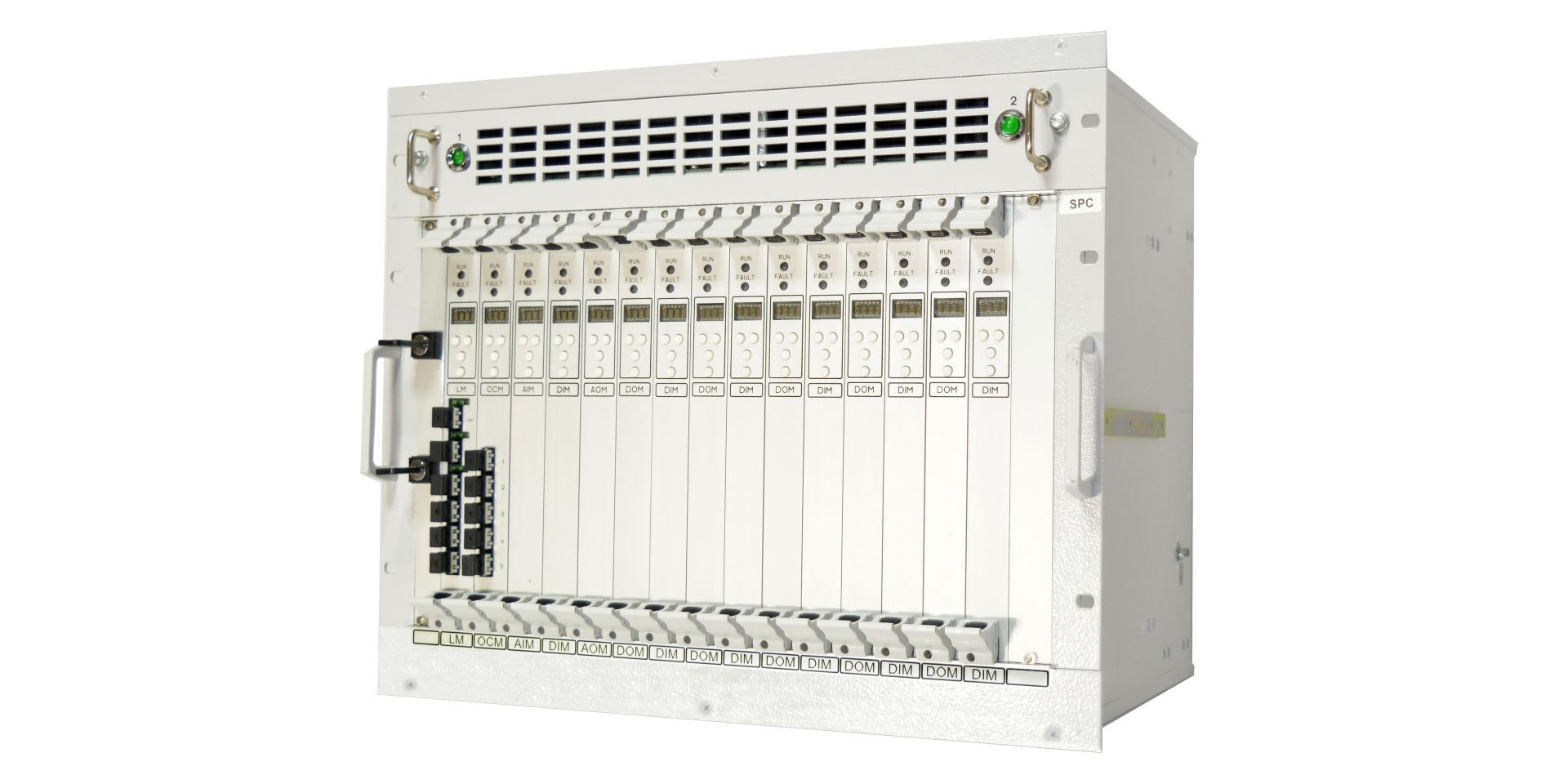
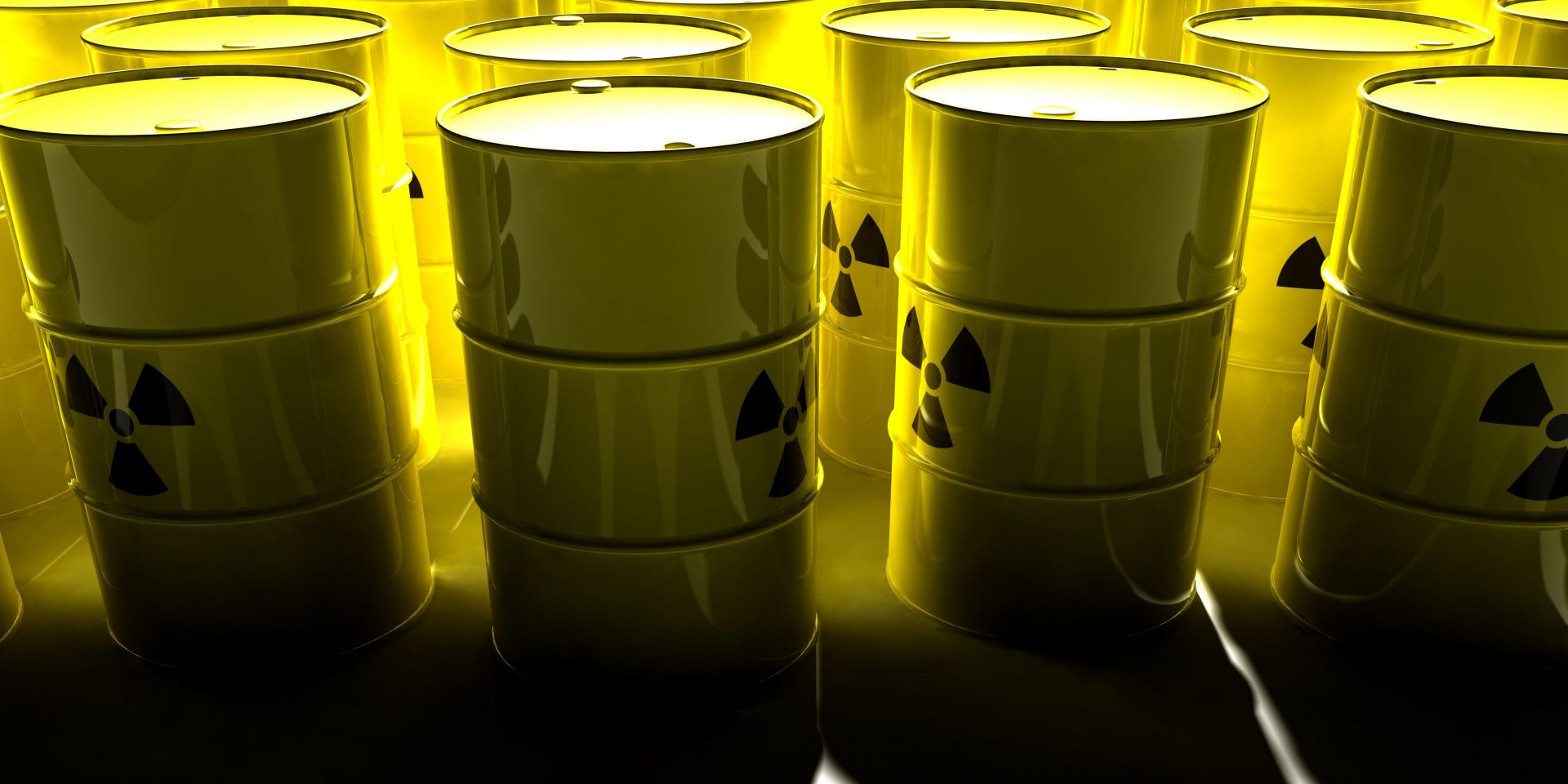
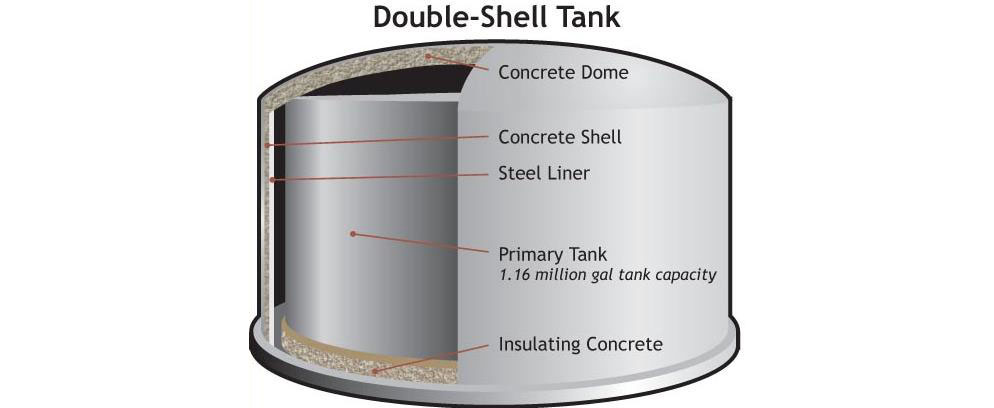

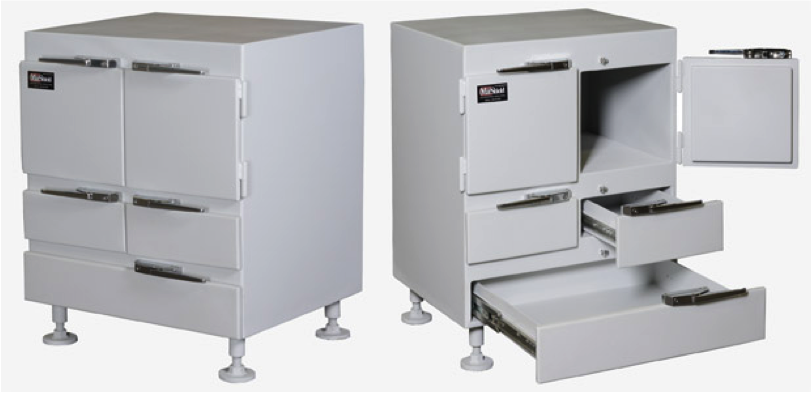
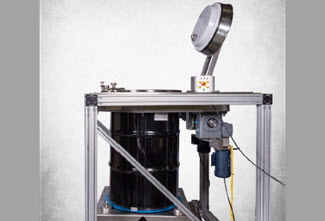 Bag-out operations can pose many issues to the TRU waste handling and disposal process. Among these are operator and facility safety, operational time, excess waste volume, and increased shipping costs to a waste repository.
Bag-out operations can pose many issues to the TRU waste handling and disposal process. Among these are operator and facility safety, operational time, excess waste volume, and increased shipping costs to a waste repository.